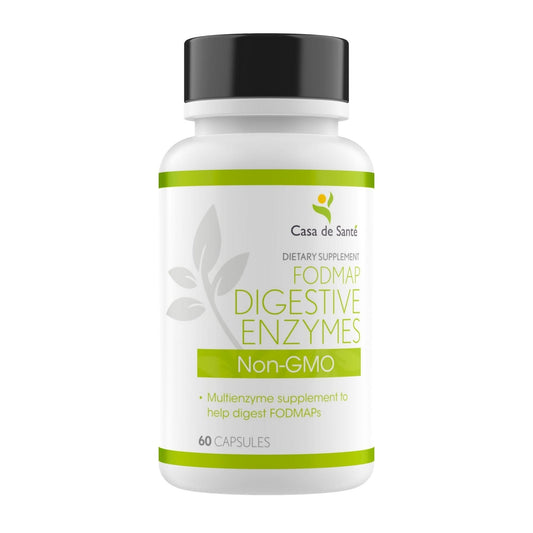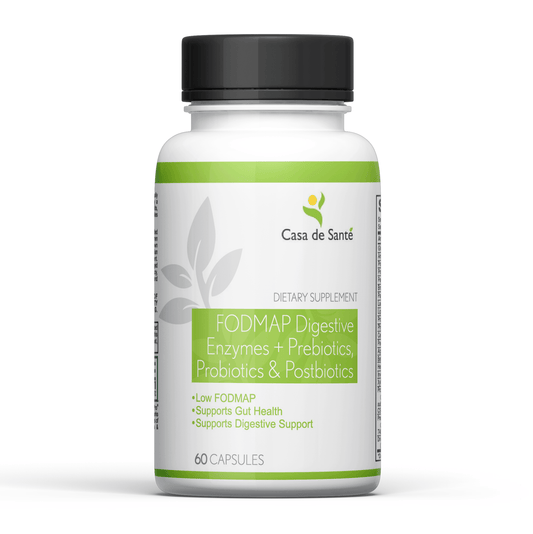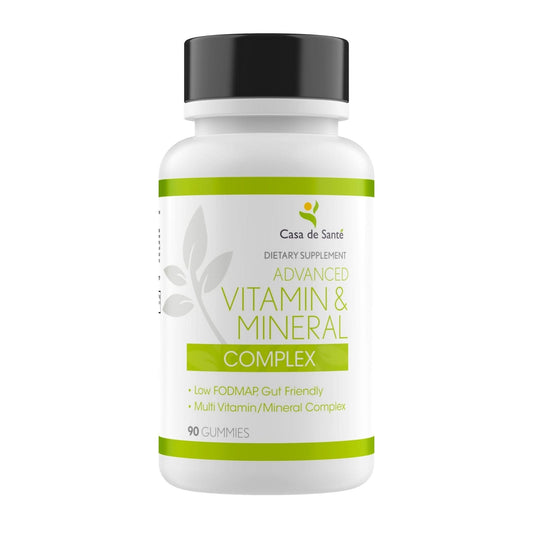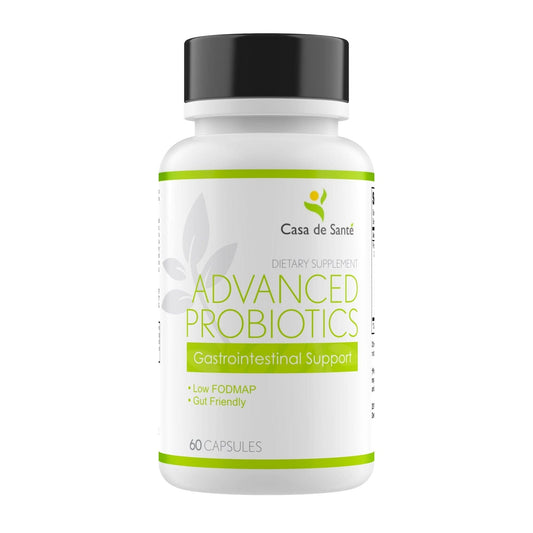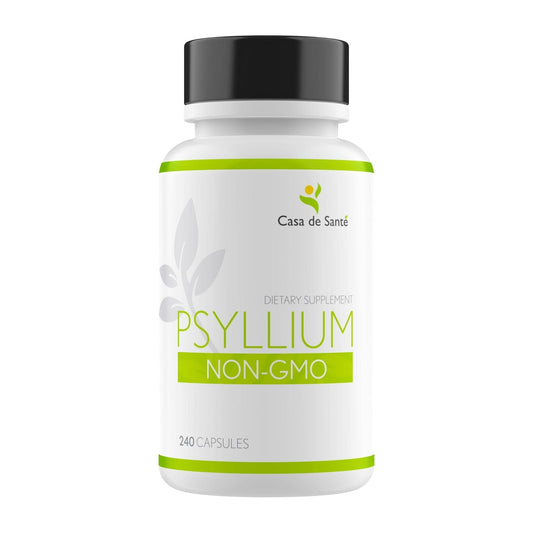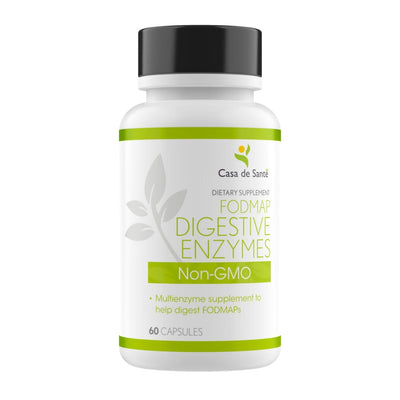10 Effective Lactose Relief Strategies for Dairy Lovers
10 Effective Lactose Relief Strategies for Dairy Lovers
For many of us, few things compare to the creamy delight of a scoop of ice cream, the comforting warmth of mac and cheese, or the simple pleasure of a cold glass of milk. But if you're among the estimated 65% of the global population with some degree of lactose intolerance, these dairy delights often come with uncomfortable consequences. Bloating, cramping, gas, and digestive distress can quickly turn dairy indulgence into regret.
The good news? Lactose intolerance doesn't have to mean completely abandoning your favorite dairy products. With the right strategies, you can often enjoy dairy while minimizing or eliminating those unpleasant symptoms. This article explores ten effective approaches to managing lactose intolerance while still savoring the dairy foods you love.
Understanding Lactose Intolerance
Before diving into solutions, it helps to understand what's happening in your body. Lactose intolerance occurs when your small intestine doesn't produce enough of an enzyme called lactase, which is needed to digest lactose—the primary sugar found in dairy products. Without sufficient lactase, undigested lactose travels to your colon, where bacteria ferment it, producing the gas, bloating, and digestive discomfort that characterize lactose intolerance.
It's worth noting that lactose intolerance isn't the same as a milk allergy, which involves an immune system reaction. Lactose intolerance is a digestive issue that varies widely in severity from person to person. Some people might be able to enjoy small amounts of dairy without symptoms, while others react to even minimal amounts.
Types of Lactose Intolerance
There are several types of lactose intolerance. Primary lactose intolerance is the most common and develops naturally with age as lactase production decreases. Secondary lactose intolerance can result from illness, injury, or surgery affecting the small intestine. Congenital or developmental lactose intolerance is extremely rare and affects infants from birth. Understanding which type you have can help guide your management approach.
Strategy 1: Lactase Enzyme Supplements
Perhaps the most straightforward solution for dairy lovers is taking lactase enzyme supplements before consuming dairy products. These supplements provide the lactase enzyme your body lacks, helping to break down lactose before it can cause problems. Available over-the-counter in most pharmacies and grocery stores, these supplements come in various forms including tablets, chewables, and drops.
Products like Lactaid, Dairy Ease, and Digestive Advantage are popular options that can be taken just before your first bite of dairy. The effectiveness varies from person to person, and you may need to experiment with timing and dosage. Some people find they need to take a supplement with their first bite of dairy, while others do better taking it 5-10 minutes before eating.
How to Use Enzyme Supplements Effectively
For maximum benefit, match your supplement dosage to the amount of dairy you plan to consume. A small serving of ice cream might require just one tablet, while a cheese-heavy pizza might call for two or three. Keep in mind that these supplements work primarily on the dairy you eat shortly after taking them—they don't stay in your system for extended periods. For meals that last longer than 30-45 minutes, you might need to take additional supplements partway through.
Strategy 2: Choose Naturally Lower-Lactose Dairy Products
Not all dairy products contain the same amount of lactose. Generally, the more aged or fermented a dairy product is, the less lactose it contains. This is because the aging and fermentation processes naturally break down lactose over time. Hard, aged cheeses like cheddar, Parmesan, and Swiss contain minimal lactose and are often well-tolerated even by those with significant lactose intolerance.
Yogurt with live active cultures is another excellent option. The beneficial bacteria in yogurt help break down lactose, making it easier to digest. Greek yogurt is particularly low in lactose because much of the whey (which contains lactose) is strained out during production.
Lowest Lactose Cheese Options
If you're a cheese lover, focus on varieties aged over 6 months. Parmesan, aged cheddar, Gruyère, and manchego typically contain less than 0.5 grams of lactose per serving. Fresh cheeses like ricotta, cottage cheese, and cream cheese have significantly higher lactose content and may be more likely to cause symptoms.
Cultured Dairy Products
Beyond yogurt, other cultured dairy products like kefir, buttermilk, and some sour creams contain beneficial bacteria that help break down lactose. These products may be better tolerated than their non-cultured counterparts. Look for labels indicating "live and active cultures" to ensure you're getting the digestive benefits.
Strategy 3: Lactose-Free Dairy Products
The dairy industry has responded to lactose intolerance with an expanding range of lactose-free options. These products are real dairy that has been pre-treated with lactase enzyme to break down the lactose before you consume it. The result tastes nearly identical to regular dairy but without the digestive consequences.
Today, you can find lactose-free milk, ice cream, cottage cheese, cream cheese, and even some hard cheeses. Brands like Lactaid, Fairlife, Green Valley Creamery, and many store brands offer these specialized products. Some people even report that lactose-free milk tastes slightly sweeter than regular milk because the lactose has been broken down into simpler, sweeter sugars.
Reading Labels Carefully
When shopping for lactose-free products, look specifically for "lactose-free" on the label rather than "dairy-free," which indicates the product contains no dairy at all. Also be aware that "reduced lactose" products still contain some lactose and may cause symptoms depending on your sensitivity level.
Strategy 4: Build Lactose Tolerance Gradually
Interestingly, research suggests that many people with lactose intolerance can train their digestive systems to better handle dairy by gradually introducing small amounts. This approach works because regular consumption of lactose can increase the activity of whatever lactase enzyme your body does produce and may also favorably alter your gut microbiome to better handle lactose.
Start with very small amounts of dairy—perhaps just a tablespoon of milk or yogurt—consumed with other foods to slow digestion. Over weeks or months, gradually increase the amount as tolerated. This method requires patience and careful attention to your body's responses, but many people find they can significantly increase their dairy tolerance over time.
The Colonic Adaptation Theory
This gradual approach is supported by the "colonic adaptation" theory, which suggests that regular exposure to lactose can cause beneficial changes in your colon bacteria, making them more efficient at fermenting lactose without producing excessive gas or discomfort. The key is consistency—small, regular exposures seem to work better than occasional larger amounts.
Strategy 5: Timing Your Dairy Consumption
When you consume dairy can significantly impact how your body responds to it. Many people find that having dairy as part of a larger meal, rather than on an empty stomach, reduces symptoms. The presence of other foods—especially those containing fat and protein—slows gastric emptying, giving your body more time to digest the lactose.
Some lactose-intolerant individuals report better tolerance in the morning than later in the day, possibly due to naturally higher enzyme activity earlier in the day. Experimenting with different timing may help you identify when your body best handles dairy products.
Dairy with High-Fiber Foods
Pairing dairy with high-fiber foods may help moderate digestive symptoms. Fiber slows digestion and can help prevent the rapid transit of lactose to the colon, potentially reducing gas and bloating. Try having your cheese with whole grain crackers or yogurt with granola and berries.
Strategy 6: Dairy Alternatives
Sometimes the best strategy is to substitute traditional dairy with non-dairy alternatives. Today's market offers an impressive array of plant-based milks, cheeses, yogurts, and ice creams that can satisfy dairy cravings without the lactose. Options include products made from almonds, soy, oats, coconut, cashews, and even pea protein.
Each alternative has its own flavor profile and nutritional benefits. Soy milk typically offers protein content closest to dairy milk, while oat milk has a creamy texture that works well in coffee. Almond milk is lower in calories but also lower in protein. Nutritional content varies significantly between brands and types, so check labels if you're concerned about matching dairy's nutritional profile.
Cooking and Baking with Alternatives
When cooking or baking with dairy alternatives, you may need to adjust recipes slightly. Plant-based milks often have different fat content and sweetness levels than dairy milk. For cheese alternatives, melting properties vary widely between brands and types. Cashew-based cheeses often melt better than other varieties, making them good choices for dishes like pizza or grilled cheese sandwiches.
Strategy 7: Probiotics and Gut Health
Emerging research suggests that the composition of your gut microbiome may influence how you respond to lactose. Certain probiotic strains, particularly some Lactobacillus and Bifidobacterium species, may help improve lactose digestion by either producing lactase themselves or creating an environment that reduces symptoms of lactose maldigestion.
Consider incorporating probiotic supplements or probiotic-rich foods like kimchi, sauerkraut, and kombucha into your diet. While not a guaranteed solution, some studies show promising results for improved lactose tolerance with regular probiotic use. As with any supplement regimen, it's wise to consult with a healthcare provider before starting.
Prebiotics: Feeding Your Beneficial Bacteria
Alongside probiotics, prebiotics—non-digestible food components that feed beneficial gut bacteria—may help create a gut environment more favorable to lactose digestion. Foods rich in prebiotics include garlic, onions, leeks, asparagus, bananas, and oats. A diet rich in diverse plant foods generally supports a healthier, more diverse gut microbiome.
Strategy 8: Lactose Threshold Awareness
Most people with lactose intolerance have a threshold—an amount of lactose they can consume before experiencing symptoms. This threshold varies widely between individuals and can even fluctuate for the same person depending on factors like stress, other foods consumed, and overall gut health.
By keeping a food diary that tracks dairy consumption and symptoms, you can identify your personal threshold. Once known, you can make informed choices about when and how much dairy to consume. Many people find they can enjoy small amounts of their favorite dairy products without consequences if they stay below their threshold.
The Cumulative Effect
Remember that lactose consumption has a cumulative effect within a single day. Having a splash of milk in your morning coffee might be fine on its own, but if followed by yogurt at lunch and cheese at dinner, you might exceed your threshold. Spacing out dairy consumption throughout the day or week can help you enjoy more dairy overall without crossing into symptom territory.
Strategy 9: Cooking Techniques to Reduce Lactose
Certain cooking methods can reduce the lactose content of dairy-based dishes. For example, when making homemade yogurt, a longer fermentation time allows bacteria more opportunity to consume lactose, resulting in a lower-lactose final product. Similarly, when making cheese sauces, adding a small amount of lactase enzyme drops during preparation can pre-digest much of the lactose.
For recipes calling for milk, substituting lactose-free milk or a mixture of regular and lactose-free milk can reduce the overall lactose content while maintaining the desired dairy flavor and cooking properties. In baked goods, butter is generally well-tolerated even by those with significant lactose intolerance because it contains very little lactose.
Strategy 10: Professional Guidance
If you're struggling to manage lactose intolerance on your own, consider consulting with healthcare professionals. A gastroenterologist can confirm your diagnosis and rule out other conditions with similar symptoms. A registered dietitian can help develop a personalized plan that ensures you're getting adequate nutrition while avoiding uncomfortable symptoms.
These professionals can also help you navigate related concerns like calcium intake and vitamin D status, which can be affected by limiting dairy. They might recommend specific supplements or alternative calcium sources to ensure your nutritional needs are met.
Testing for Lactose Intolerance
If you suspect lactose intolerance but haven't been diagnosed, several testing options exist. Hydrogen breath tests measure the amount of hydrogen in your breath after consuming lactose—elevated levels indicate improper digestion. Blood tests can measure your body's reaction to consuming lactose, and stool acidity tests are sometimes used, particularly for infants and children.
With these ten strategies in your toolkit, you can take control of your relationship with dairy rather than letting lactose intolerance control you. Whether you opt for enzyme supplements, lactose-free alternatives, or simply more mindful consumption, there's likely a combination of approaches that will let you enjoy the dairy foods you love without paying the uncomfortable price afterward.



